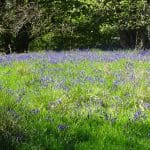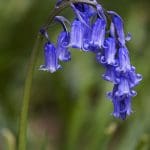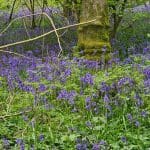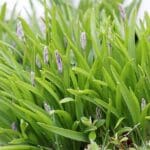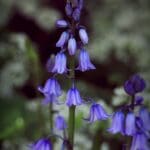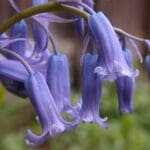Bluebells / Spring / Poisonous
Common names
Bluebell
Botanical Name
Hyacinthoides Non-scripta
Scientific Classification
Kingdom – Plantae
Order –Asparagales
Family – Asparagaceaees
Physical Characteristics for Bluebells
Leaf
A small bulb growing into long thin waxy leaves which have C shaped veins.
Flowers
It has bell-like flowers, each flower with 6 blue/lilac petals.
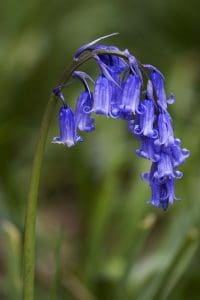
Smell
This plant has a pleasant floral smell
Habitat
Fairly common throughout UK and Western Europe. You’ll find them in woodland gardens in dappled shade, shady edges of woods and hedgerows.
Known Hazards
The whole plant is toxic
Could be confused with
Before they flower they could be confused with the Three cornered leek, Again before flowering they do look similar to Snow drops when the young shoots are emerging
Edible Use
This plant is toxic, do not eat.
Consuming Bluebells can cause severe gastric upset which in some cases can be fatal.
Notes on Herbal uses
The bulb has diuretic properties and can help stop bleeding but as the plant is toxic we suggest leaving it well alone!
Extra notes from the Foragers
It can take years for Bluebells to recover from damage by footfall, if the leaves are crushed they cannot photosynthesise and starve and die.
The native English Bluebells are becoming rarer, as introduced Spanish blebells spread aggressively from gardens. These have larger, wider leaves and more open, star shaped flowers that stand more outward facing on a more upright stem. By contrast, the English Bluebells are smaller, very tubular and always droop downwards. You will probable find hybrids that have a mix of characteristics most often these days. But if you find a patch of the English kind, they are a sign of an old and undisturbed woodland and should be protected.



